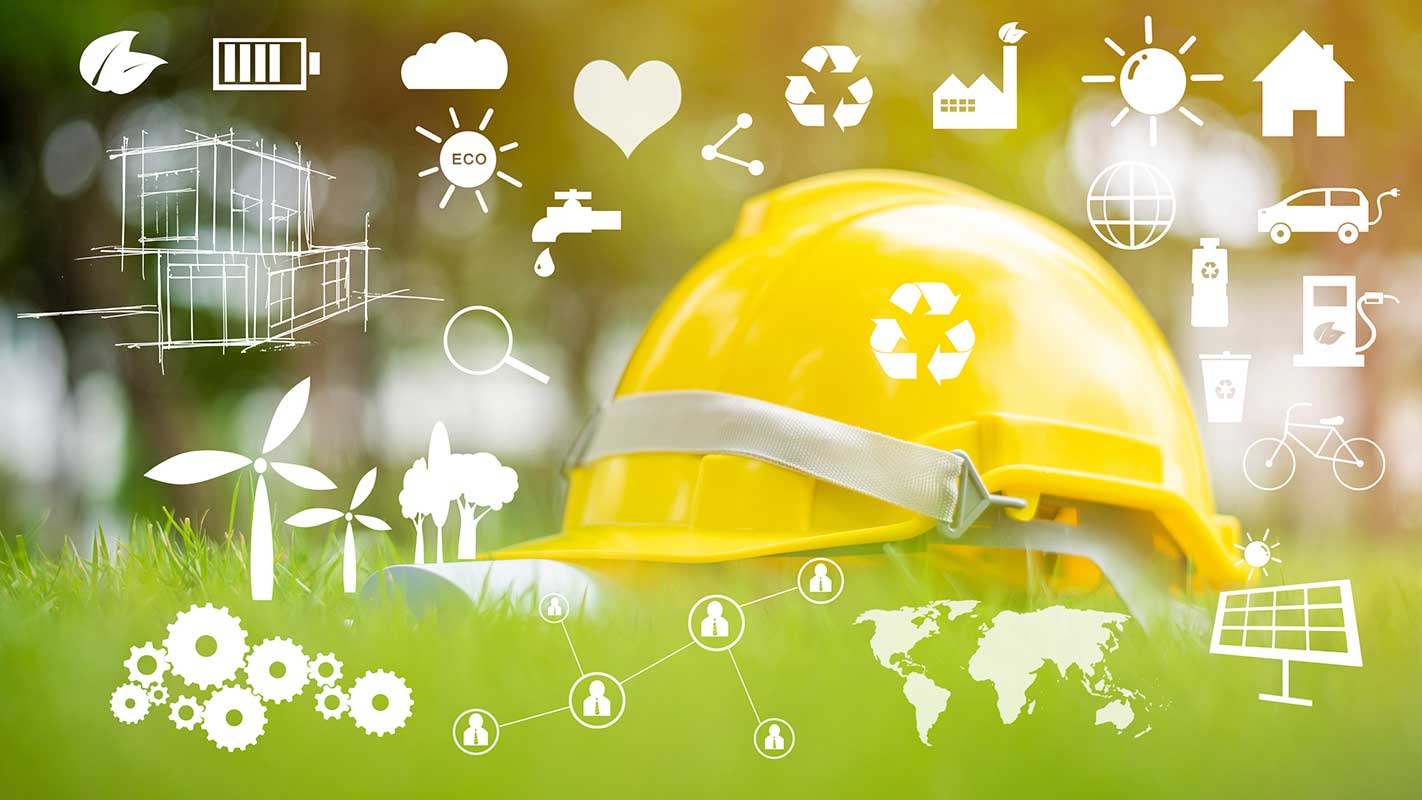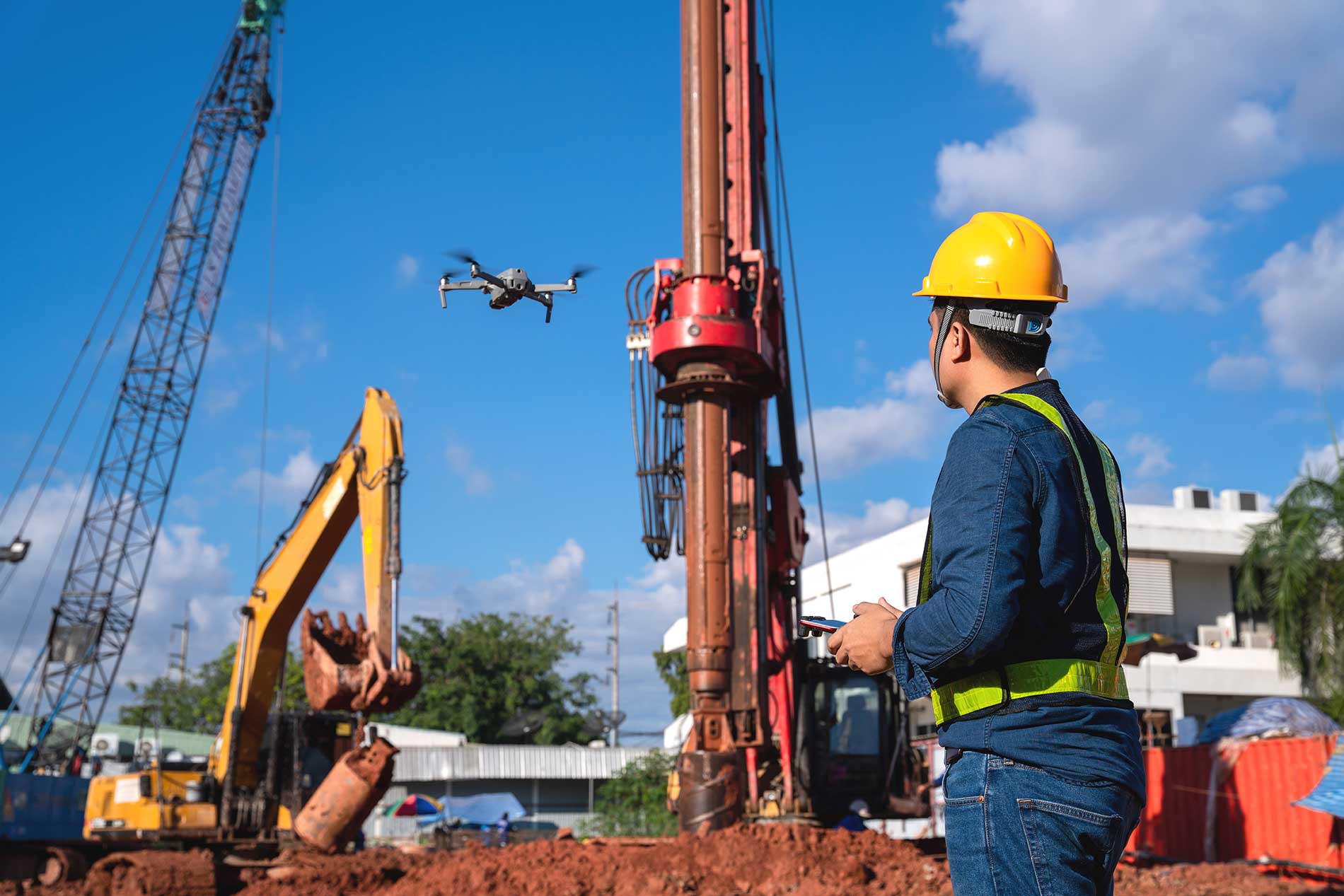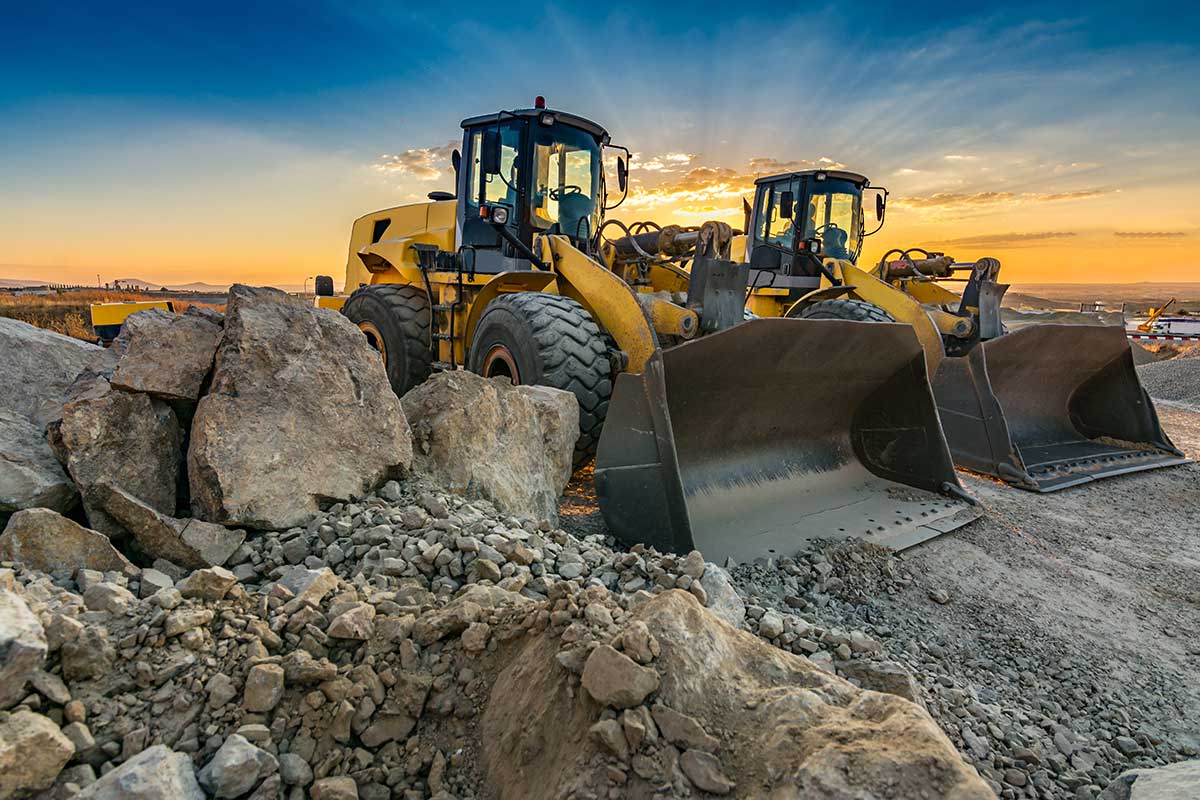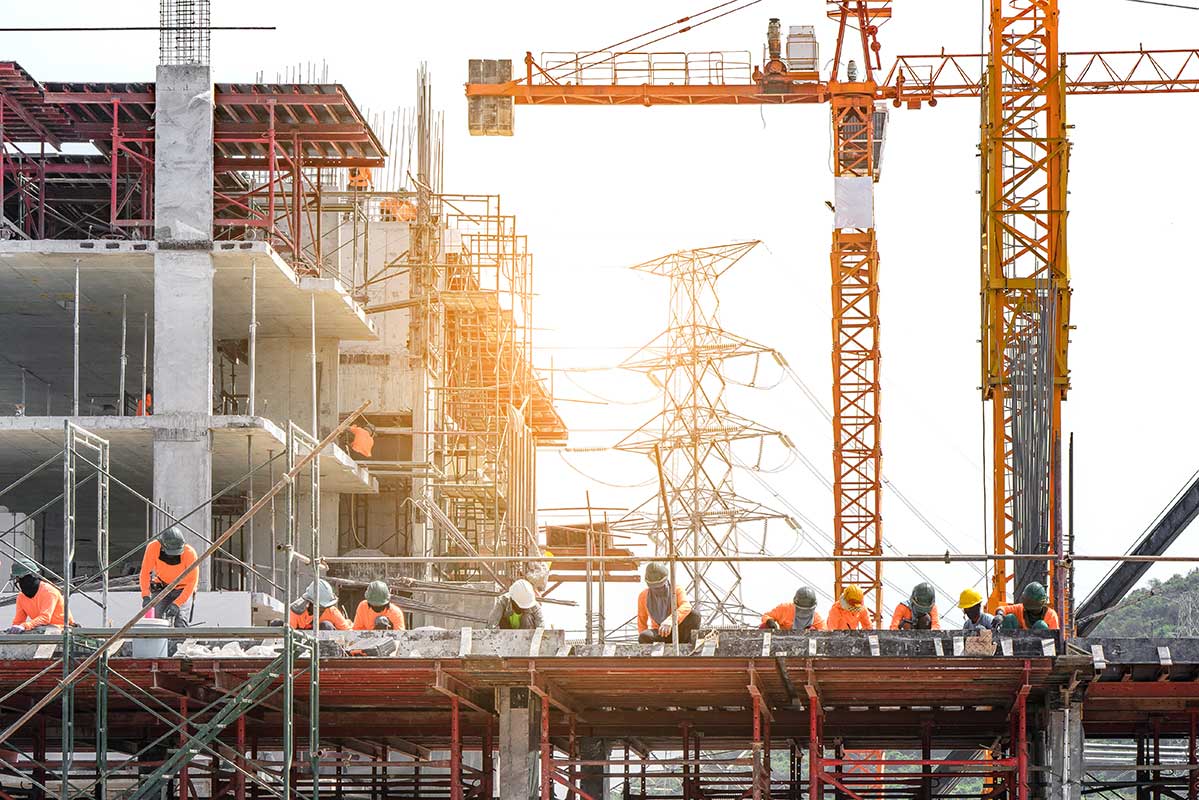The Caribbean region, celebrated for its stunning landscapes and rich cultural heritage, faces unique challenges in construction due to its vulnerability to climate change and natural disasters. As the global movement toward sustainability gains momentum, the construction sector in the Caribbean is increasingly exploring green construction as a solution to these challenges. This article delves into the current state, opportunities, and strategies for green construction in the Caribbean, targeting professionals in both the private and public construction sector.
What Is Green Construction?
Green construction refers to building practices that minimize environmental impact and enhance energy efficiency throughout the lifecycle of a project. This approach includes using sustainable materials, integrating renewable energy, and designing for resilience against climate challenges. For the Caribbean, adopting green construction is not just an environmental imperative; it is an economic and social necessity.
The Caribbean Context: Why Green Construction Matters
The Caribbean’s geographic and climatic conditions make it particularly susceptible to rising sea levels, hurricanes, and other climate-related events. According to the Intergovernmental Panel on Climate Change (IPCC), small island developing states (SIDS), including many in the Caribbean, face disproportionate risks from climate change. These risks underscore the urgent need for sustainable practices in construction to ensure the longevity and resilience of infrastructure.
Moreover, high energy costs in the region make energy-efficient buildings economically appealing. For example, a study by the Caribbean Development Bank highlighted that energy expenditures in the Caribbean are among the highest globally. By incorporating green building designs, projects can reduce energy consumption, benefiting both the environment and the bottom line.
Regulatory Frameworks and Incentives
Several Caribbean nations have begun implementing policies to promote green construction. For instance, Jamaica’s National Building Code includes guidelines for energy efficiency, and the Barbados government offers tax incentives for renewable energy installations. Trinidad and Tobago has also shown interest in renewable energy projects, although the uptake in the construction sector has been gradual.
Despite these efforts, the region lacks a unified regulatory framework. Regional collaboration could strengthen policy enforcement and encourage investment in green construction. Organizations like the Caribbean Community (CARICOM) and the Organisation of Eastern Caribbean States (OECS) have the potential to lead such initiatives, fostering a more cohesive approach to sustainable development.
Sustainable Materials: Leveraging Local Resources
One of the hallmarks of green construction is the use of sustainable and locally sourced materials. The Caribbean boasts a wealth of natural resources, such as bamboo and recycled aggregate materials, which can be utilized to reduce the carbon footprint of construction projects.
For example, bamboo, often called the “green steel,” is both durable and sustainable, making it ideal for structural applications. Similarly, volcanic ash available in some islands can be used as a substitute for cement, lowering the emissions associated with traditional construction materials. The University of the West Indies (UWI) has conducted studies showcasing the potential of these materials, urging their broader adoption.
Energy Efficiency: The Key to Long-Term Savings
Energy-efficient design is a cornerstone of green construction. In the Caribbean, where air conditioning accounts for a significant portion of energy use, passive cooling techniques can drastically reduce energy demand. This includes designing buildings with proper insulation, cross-ventilation, and reflective roofing materials to combat heat gain.
Solar energy also plays a crucial role. With an average of 3,000 hours of sunlight annually in many islands, solar panels offer an abundant and renewable energy source. Countries like Barbados and St. Lucia have made strides in solar energy adoption, setting examples for others in the region.
Water Management: Conserving a Precious Resource
Water scarcity is a pressing issue in the Caribbean, exacerbated by prolonged droughts and increased demand. Green construction addresses this challenge through rainwater harvesting systems, efficient plumbing fixtures, and wastewater recycling.
Rainwater harvesting is particularly effective in reducing dependence on municipal water supplies. For example, in the Bahamas, several resorts and private developments have successfully integrated such systems, ensuring water availability during dry periods.
Resilient Design: Building for Climate Challenges
The Caribbean’s vulnerability to hurricanes and earthquakes necessitates resilient design principles in construction. Green construction emphasizes structures that can withstand these natural disasters while maintaining their environmental benefits.
Elevated foundations, reinforced concrete, and hurricane-resistant windows are some examples of resilient design features. Additionally, green roofs and permeable pavements can mitigate flooding by improving stormwater management. The reconstruction efforts following Hurricane Maria in Dominica showcased the importance of integrating resilient and sustainable building practices.
Economic Opportunities: Green Construction as a Growth Driver
Transitioning to green construction offers significant economic opportunities for the Caribbean. The global green building materials market is projected to grow substantially, and the region stands to benefit by developing local industries around sustainable materials and technologies.
Moreover, green construction can create jobs and stimulate innovation. Training programs and certifications, such as those offered by the Green Building Council, can equip workers with the skills needed for sustainable projects, fostering a competitive workforce.
Case Studies: Success Stories in the Caribbean
Several projects exemplify the potential of green construction in the region:
1. Sandals Resorts International
Sandals Resorts International has demonstrated a strong commitment to environmental conservation and sustainability across its properties. The company has implemented various eco-friendly initiatives, including:
- Energy Management Programs: Utilizing energy-efficient technologies such as LED lighting and smart sensors to reduce energy consumption.
- Water Conservation Efforts: Implementing water recycling methods and efficiency tools, including reverse osmosis plants to purify or desalinate water, and using gray water for irrigation.
- Environmental Certifications: Achieving EarthCheck environmental certification for several resorts, recognizing their commitment to sustainable practices.
2. The Solar Energy Program in Barbados
Barbados has made significant strides in reducing its fossil fuel dependency through the widespread adoption of solar water heaters (SWHs). Key achievements include:
- High Market Penetration: By 2012, Barbados had over 50,000 SWH installations, serving its population of approximately 200,000, and saving over 100,000 MWh of energy annually.
- Economic Benefits: The adoption of SWHs has resulted in substantial savings on imported fossil fuels, bolstering the nation’s energy security and economic resilience.
3. Dominica’s Housing Initiative
Following the devastation of Hurricane Maria in 2017, Dominica launched the Housing Recovery Project to rebuild resilient and sustainable homes. Notable aspects include:
- Construction of Resilient Homes: The project aims to construct 450 hurricane-resistant homes across the island, with over 100 homes completed and more underway, showcasing a commitment to disaster preparedness.
- Community Impact: The initiative focuses on rebuilding lives by providing safe and durable housing, particularly in vulnerable areas such as the Kalinago Territory, where 90 homes have been handed over.
These case studies highlight successful implementations of green construction and sustainable practices in the Caribbean, offering valuable lessons for the region’s construction sector.
Challenges and Barriers to Adoption
Despite the evident benefits, green construction faces several challenges in the Caribbean. High upfront costs, limited access to financing, and a lack of awareness are major barriers. Additionally, the region’s dependence on imported materials can hinder the adoption of local, sustainable alternatives.
Capacity building and public-private partnerships (PPPs) are critical to overcoming these challenges. Governments and stakeholders in the construction sector must work collaboratively to provide financial incentives, invest in research, and educate the public about the long-term benefits of green construction.
Looking Ahead: Strategies for Scaling Green Construction
For green construction to thrive in the Caribbean, the following strategies should be prioritized:
- Policy Harmonization: Regional collaboration to establish unified standards and incentives for sustainable building practices.
- Investment in Education: Creating awareness campaigns and training programs to equip professionals in the construction sector with the skills needed for green construction.
- Incentivizing Local Innovation: Supporting research and development initiatives focused on utilizing local materials and technologies.
- Public-Private Partnerships: Encouraging collaboration between governments, developers, and financial institutions to share the risks and rewards of green construction projects.
Conclusion: Building a Sustainable Future
Green construction is more than a trend; it is an essential pathway to resilience and sustainability in the Caribbean. By leveraging local resources, adopting energy-efficient designs, and fostering regional collaboration, the construction sector can address climate challenges while unlocking economic potential. As the region continues to build for the future, green construction offers a blueprint for a sustainable, resilient, and prosperous Caribbean.






